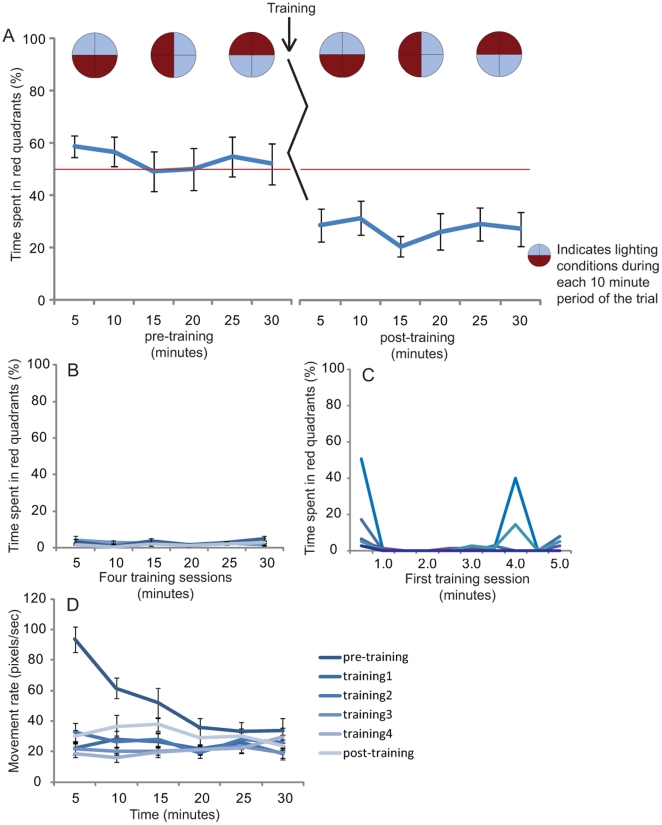Figure 7. Simple learning trial with Xenopus tadpoles.
(A) Tadpoles 14 days of age were placed into the device individually, with half of the dish illuminated with low intensity red light and the opposite half illuminated with high intensity blue light. The location of each tadpole was recorded and pooled over five min time intervals across a 30 min evaluation. To ensure that increased occupancy of the target quadrant could not be due to simple inactivity, every 10 minutes, the light pattern rotated 90° in a clockwise direction (see diagrams, top of graph). Following initial preference evaluation, tadpoles received red aversion training by punishing individuals in red quadrants with a 1.2 mA electric shock. Conditions were identical to the initial preference phase; lights were rotated 90° every 10 minutes during a 30 minute session. Tadpoles were subjected to four identical training sessions followed by 90-minute rest periods under blue light. Following training, tadpoles were reassessed for light preference exactly as in the initial phase, with no quadrants being punished, and showed a significant difference from untrained behavior, spending more time under blue quadrants (2way repeated measure ANOVA P<0.001). N = 24, error bars indicate ±1 SEM. Red line represents no preference for low intensity red light or high intensity blue light. (B) During each of the 4 training phases, tadpoles strongly avoid the punishing red half of the dish. (C) Examination of the first five minutes of the initial training session reveals that tadpoles move to non-punishing quadrants within the first 30 seconds (6 individual tadpoles shown). (D) Movement rates show an increased ‘exploratory’ phase during the first 30 minutes of the trial (initial preference phase) but remain relatively constant across training and post-training sessions. N = 24 for A, B, D and 6 individuals for C, error bars indicate ±1 SEM. Red line in (A) represents no preference for low intensity red light or high intensity blue light.

